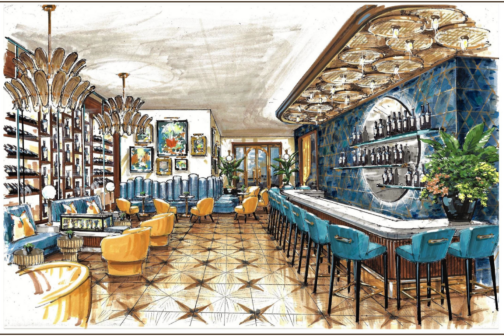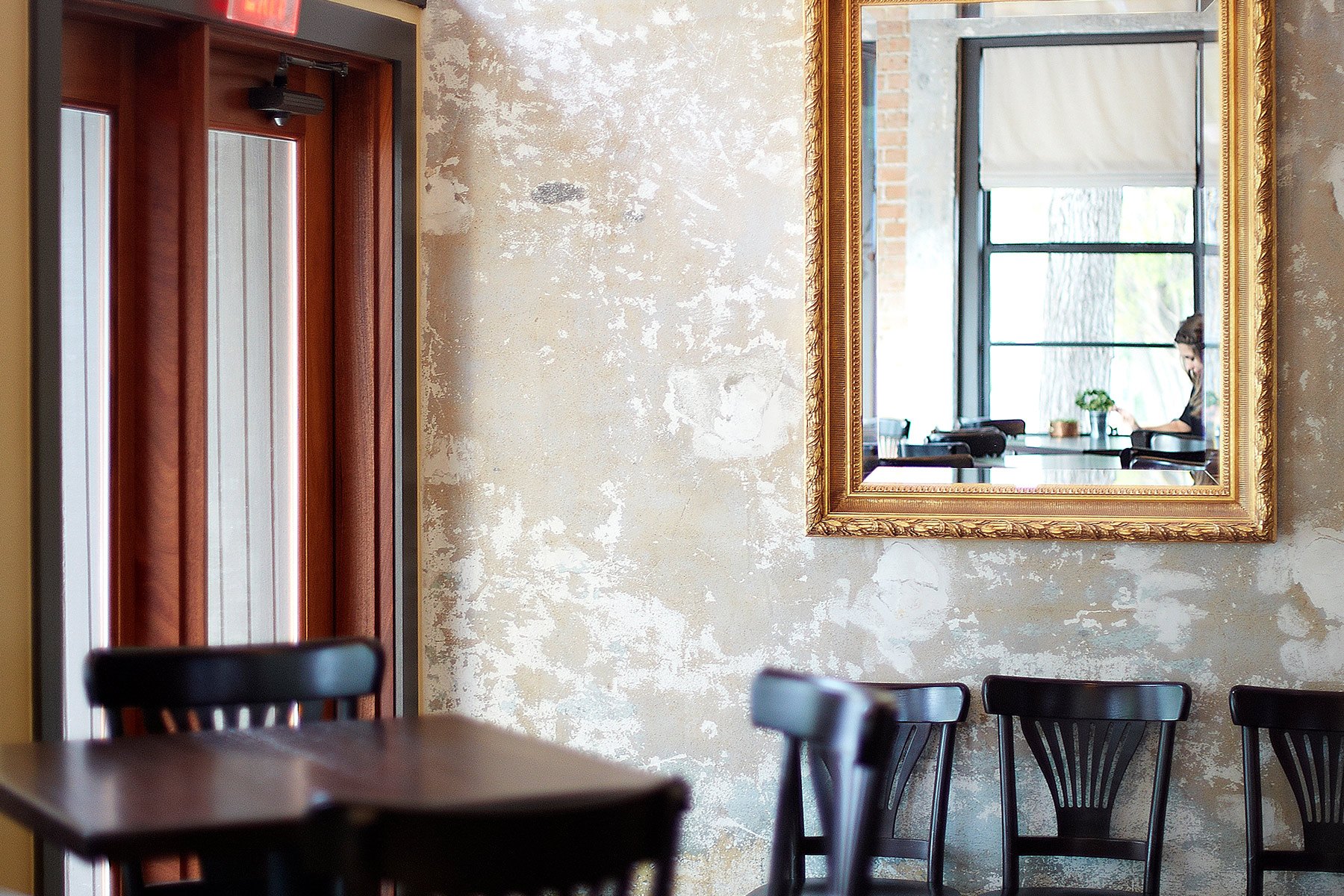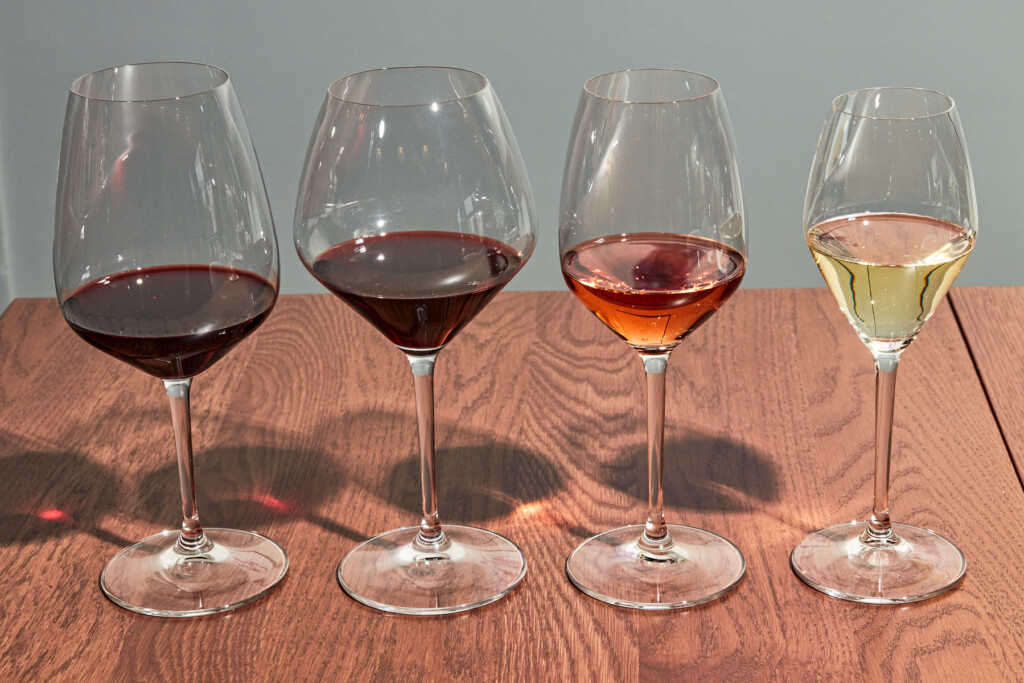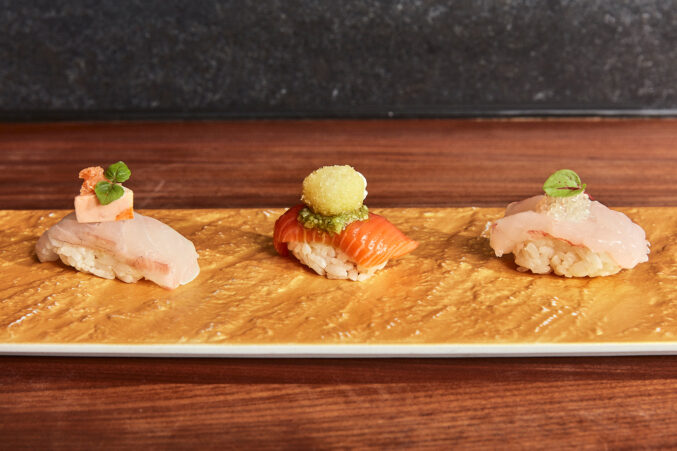Sit down at a high-end restaurant, and you’ll be greeted with reading material that, if you’re not ready, feels like homework: the wine list. True, many customers nowadays save themselves the work by ordering cocktails instead. True, all too many Dallas restaurants encourage the shift toward cocktails by offering stale, uninteresting wine lists.
But if you know where and how to look, a great wine list can turn your dinner into an unforgettable night. Plus, wine is delicious.
I like wine enough to closely read restaurants’ lists in advance of dinner, and right now two new cases of wine are sitting on my living room floor, asking when they’ll be unpacked. But, I realized, I don’t have the education or vocabulary to explain what you should be looking for on a restaurant’s list, how you should be judging it, and how you can find great options quickly.
Luckily, Dallas is full of wine professionals who can help. For this article, I spoke with five. They are:
- Jeff Gregory, operating partner at private wine club 55 Seventy and former general manager and wine director at restaurants FT33 and the French Room
- Ben Reynolds, sommelier at Pappas Bros. Steakhouse and former sommelier at Knife
- Madeleine Thompson, manager of Coupes, former wine buyer for Berkley’s Market, and former sommelier at three-Michelin-starred SingleThread
- Jon Walker, wine director at Pappas Bros. Steakhouse and former sommelier at three-Michelin-starred Manresa
- Genevieve Weaver, co-owner of Ampelos Wines and former assistant general manager of Bar & Garden
They offered advice on everything from finding bargains to knowing the lingo. Let’s jump in.
Reading The Actual List
Starting with the basics, a wine list will generally run from bubbles through whites to rosés and reds. After that, though, the list’s organization can tell you something about the restaurant. Are bottles grouped by region? If so, the list might be huge and designed for diners who know what they like—whether that’s as specific as a particular famous bottle or as general as “French stuff.”
If the list does not have vintages listed for wines, that’s a mixed blessing. It generally signals a restaurant that doesn’t care about serving good wines properly (for example, at the right temperature). But it also means you know the problem and can order a bottle where vintage doesn’t matter, or grab a martini. If the list has bin numbers, ignore them; that’s for internal organization and tells you nothing.
Much of the time, wines will be ordered from cheapest to most expensive. But that’s not helpful—you can see the price any time anyway. Better is what’s called a “progressive” wine ordering.
“A progressive wine list is lightest to heaviest, stylistically,” Gregory says. “The FT33 list was laid out that way. That certainly makes it easier to navigate. However, if you’re unsure of what you’re looking at, then you may not recognize that.”
This means, of course, that the staff must be trained to tell you. Gregory says at FT33, the waiters’ welcome script for new guests included a quick explanation that cocktails were ordered from fizziest to booziest and that wines were roughly the same way.
Another way service can make a difference in your wine-shopping experience is by calling out favorites on the menu. When Thompson ran the wine program at Stephan Pyles’ Flora Street Cafe, the first page was a written sample of her top picks. That was all I needed to see.

How Does the Wine List Compare to the Restaurant’s Food and Style?
It sounds simple enough, but a restaurant’s wine choices should match its food. Think a little more deeply about that. Mediterranean food can pair well with more acidic or “crisp” wines, while steakhouses create their own expectations.
As Gregory puts it: “Not to disparage any of these brands, but something that I can get at every Albertson’s is probably not a good sign if I’m going into an Italian restaurant. You should see a vast majority of Italian wine, right?”
He tells me that many restaurant wine lists are written by major liquor distributors. This can be a good thing—if the restaurant provides guidelines. Otherwise, the distributors may simply sign them up for the stuff with the biggest profit margins, or the stuff that’s easiest to supply.
“If they call the distributor and say, ‘it’s a new sushi restaurant and I need to build a 30-bottle wine list,’ and just leave it at that, they’re going to sell you all their top priority items, which are going to be generally big volume, mass production sort of wines,” he explains. “If they give some direction on what they’re looking for—a selection of sparklings, German, Austrian, French wines that work with the cuisine of a sushi restaurant—they’re going to get a different result.”
Natural wines—made without chemical additives, preservatives, and artificial flavor or color enhancers—are a great pairing to a seasonal, produce-forward meal full of fresh ingredients and bold flavors. That’s why Dallas restaurants like Petra and the Beast, Via Triozzi, Fond, and Sachet feature them prominently.
If you’re curious, Weaver recommends a website and app called Raisin that features many wine producers and their backstories. “It’s mostly European, but the biggest [natural] American winemakers are on there, like Las Jaras,” she says. (Las Jaras is part-owned by comedian Eric Wareheim and reflects his goal of making the good stuff as unpretentious as possible.)
Order Something You Don’t Recognize
As a general rule of thumb, if you’ve seen the wine at Tom Thumb or Kroger, it’s probably not a good pairing for your sophisticated restaurant meal. Beyond that, though, it’s also probably not a bargain.
“Brand names are not really your friend in this case,” Reynolds says. “They’re known commodities and they’re priced under the assumption that you have to buy them because you know them.” He gives an example of a bottle he and Walker love to sell at Pappas Brothers: “a grenache from the Côtes Catalanes, made by a guy who hand-harvests his grapes and put a drawing of his cow on the label. It’s $55 and it’s great value hidden in plain sight.”

Why the great value? Simple: the Côtes Catalanes aren’t famous. The legendary (and ferociously pricey) wines of Bordeaux are just a few hours’ drive to the northwest, and they hog the attention. As Reynolds says, “We’re looking for, not necessarily the big eye-catching name, but right adjacent to it, where there is still good value and high quality to be had.”
Gregory agrees that less-famous regions are a great way to find a great, affordable bottle. “You’re probably looking at stuff that’s more bang for the buck. A lot of the stuff that you’re going to see from the big-name regions, those are now entering more into collectible territory.”
There’s one more downside to ordering a big baller wine, like a Burgundy grand cru or a Napa cabernet, in most Dallas restaurants. You’re probably going to get one that hasn’t aged long enough to be tasting at its best. Many of the world’s most prestigious wine regions are prestigious because their wines can be aged for 20 to 80 years (or more). If you’re drinking the 2022 vintage, you’re paying for the prestige without getting it. If you do want to pay a high but fair price for incredible aged vintages, try Pappas Bros., Carbone, and Mister Charles.
Can You Talk to the Sommeliers?
The ultimate test of whether a restaurant’s wine program is worth it is whether you can get helpful advice from the staff. “With certain price points, you’re paying for service,” Walker says.
This doesn’t necessarily mean you should ask them to name all the crus of Beaujolais or correctly pronounce valdiguié. (Though that could be fun.) Basically, you should be able to explain what you like and get a good recommendation without being led astray by an incompetent server—and without being judged by a snobby one.
“You shouldn’t be ashamed of what you like,” Reynolds says. “We may not have it exactly, but really it’s a jumping-off point for a discussion. It starts the conversation.”
For more about talking to sommeliers, scroll to the end of this guide.
Look for a Good Middle Ground, and Cool Wines by the Glass
Thompson taught me an industry rule of thumb: most bottles of wine on a list should be about double the price of the restaurant’s average main course. That rule is meant to help managers buy the right bottles, but it’s good advice for customers, too. Think about it: if you’re paying for $25 for dinner, a $150 wine is inappropriate. But if you’re splurging on the dinner of the year, you probably don’t want a cheap drink.
“If there’s not some mid-range options, if it’s all $40 or $200-plus, I get a little concerned,” Thompson says.
Reynolds and Walker offer another tip: wines by the glass are a good proxy for the rest. If the glass list makes you run for a cocktail, save your time on the bottle menu. If there’s a cool glass, though, there’s probably a lot more cool stuff where that came from.
Maybe Just Get What You Like
If this is all stressing you out, don’t worry: two of my panelists say that their best advice is to find something you already like.
“If you see something that you recognize that you know that you like typically, just get that,” Weaver says. “If you are unfamiliar with everything but you know that you like this specific grape, try that.”
Thompson agrees in the case of a restaurant that does not employ knowledgeable sommeliers who could otherwise help. “If I’m at a place where I know wine is not a focus, then I might go for, ‘I know this brand.’ I know what it’s going to taste like, that’s fine.”

Go to an Italian Restaurant
Many of Dallas’ best wine lists can be found at Italian restaurants, for two reasons. First, our Italian spots are patriotic, many of them producing lists where every single bottle is from Italy. Second, the world of Italian wine is so huge that bargains abound, and even our experts don’t know them all yet.
“There’s a whole world of Italian wine that I think might be underrepresented to the populace in the United States,” Reynolds says. “Every time I look at Italy, my palms sweat because there’s always something more to wrap my head around, to try, to taste.”
Gregory advises that if you look away from the biggest names—like Barolo and Chianti—an Italian list can be full of underrated hits.
How to Talk to a Sommelier
The most important advice our sommeliers gave was: talk to them! But how? I asked for specific strategies. Their best suggestions: instead of trying to describe wines you like, just name them. Instead of learning fancy wine lingo, it’s easier and more helpful to say where you’re coming from.
“It could be anything,” Gregory says. “If you tell me you like Carlo Rossi jug Chablis, that’s helpful. As a wine professional, it’s my job to have some idea of what it means. Any piece of information about what you drink, what you buy at the grocery store, is great. It’s our job to be learning the language of your average wine drinker and to be able to decode that.”
Thompson, too, likes to ask for specific examples. And think about why you like the wine you do in more ordinary terms, rather than the pretentious syntax you expect somms to use. Is your preferred glass fruity or savory, crisp or buttery, sweet or tart? Does it make you sit up straighter, or does it make you swoon? I like to tell somms that I love trying weird stuff, straight up.
“‘Dry’ is probably the most upsetting thing you can say,” Thompson says. “When people say ‘dry’, if they say ‘I like a dry red,’ I never know what they’re saying.” The second-most upsetting thing? “Surprise me!” As Thompson says, “At least give me a price range.”
Author







